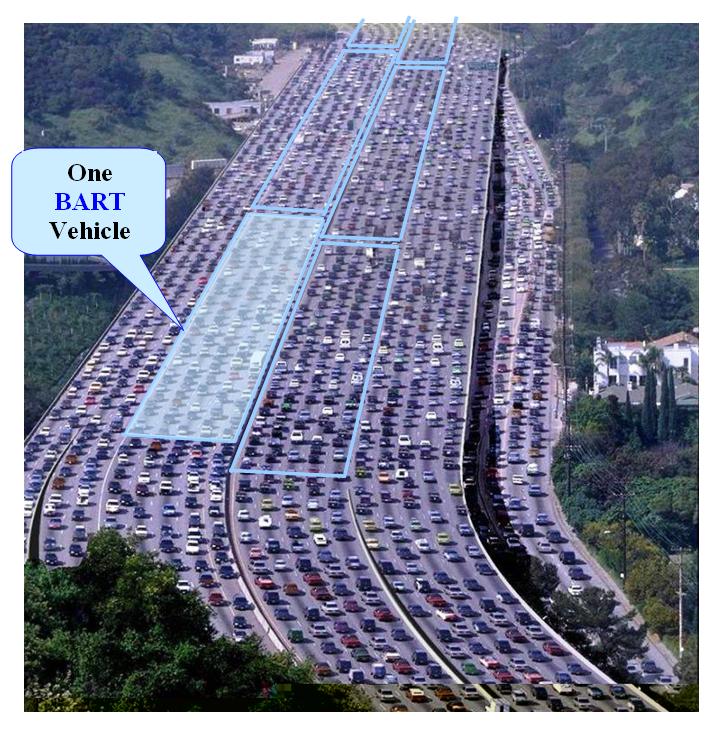 ating
back centuries in nautical history, the word 'headway'
was originally a contraction of the phrase 'ahead-way'
representing forward motion of a vessel, as
distinguished from 'lee-way', which referred to lateral
drift. In common usage, the word 'headway' has
come to mean "progress toward a goal," and 'leeway'
implies flexibility, freedom. In transit systems,
headway means the time between successive buses or
streetcars or trains. ating
back centuries in nautical history, the word 'headway'
was originally a contraction of the phrase 'ahead-way'
representing forward motion of a vessel, as
distinguished from 'lee-way', which referred to lateral
drift. In common usage, the word 'headway' has
come to mean "progress toward a goal," and 'leeway'
implies flexibility, freedom. In transit systems,
headway means the time between successive buses or
streetcars or trains.
Headway ranks alongside speed as a key
indicator of service performance. Policy-makers in public transit
systems have learned that ridership decreases
sharply when headways are made longer than about 15
minutes. The psychology is elementary.
Time spent standing around waiting to get on
is far more annoying than time spent in motion
waiting to get off (see the The
Grumble Factor). With
headways less than, say, 12 minutes, planning is
unnecessary; most patrons won't even bother to
consult the time-table.

Nowadays, private
automobiles compete successfully with public
transportation in urban settings -- but by offering
flexibility ('leeway', so to speak) more than
speed. Congestion and parking see to
that. With transit headways longer than
30 minutes, patrons abandon public transportation
and take to the automobile -- hey in 'droves' -- this,
despite much higher cost for commuting by
car. For example...
| Back in
1960, a certain Inter-Mountain community
operated a successful city bus service on
15-minute headways. Ridership expanded
steadily to the point that there would be
standing-room-only for morning and evening
commuters. Traffic congestion and
problems with downtown parking did not
exist.
As a
"common good," public transportation
systems worldwide are subsidized. In
response to taxpayer complaints about the
amount of the subsidy, the city raised bus
fares. Ridership steadily expanded,
though, and so did suburbia. During
rush hours, all buses continued to operate
with "crush loads."
Someone
got the bright idea to reduce costs
by upgrading the fleet with bigger buses
and running them less frequently. It
worked. At 20-minute headways, the
city operated with 25% fewer buses and
drivers. Oh, but then, despite
explosive population growth, ridership
began to decline. People
bought cars.
Reduced
passenger loads allowed the city to
increase headways still further -- to 30
minutes -- while selling off buses and
laying off drivers. Ridership
plummeted. Soon there were two seats for
every passenger. By coincidence,
cars began clogging the streets and
downtown parking-lots filled up.
Finally,
at one-hour headways, the buses ran
virtually empty. A certain essayist
moved into the city in 1990 and took the
bus to work every day. Often as not,
he would be the only passenger on
board. He was puzzled about that.
One morning, his driver, an old-timer,
reprised the headway history.
|
 pproaching the end of
the Petroleum
Age, economics will doubtless become more
significant in the choices people make for their
personal transportation. One might expect
public transportation systems in the U.S. to become
as popular as they were a hundred years ago --
indeed, as popular as they are today in many
countries. pproaching the end of
the Petroleum
Age, economics will doubtless become more
significant in the choices people make for their
personal transportation. One might expect
public transportation systems in the U.S. to become
as popular as they were a hundred years ago --
indeed, as popular as they are today in many
countries.
Private
automobiles will not be able to compete, despite all
of their 'leeway', so to speak. Congestion
will become merely an unpleasant memory.
Nevertheless, policy-makers in public transit
systems may have no choice but to make headways
longer and longer for petroleum-powered buses.
They won't run empty, though.
|
